Stomach ulcers do not only occur in humans, but can also occur in horses. Recent studies have shown that approximately 50% of all horses have gastric ulcers. For racehorses, that figure is as high as 90%!
How do horses develop gastric ulcers?
To understand how gastric ulcers develop a little better, it is important to first understand how a horse's stomach works. Horses have relatively small stomachs because the function of the stomach is very different from that of most other animals. In most animals, the stomach also serves to temporarily store food, but in horses, the stomach is more of a conduit and stores very little food. If a horse lives in the wild, that's not a problem at all. After all, a horse eats small portions throughout the day. While many of our horses only get a large amount of feed a few times a day. Outside of those few times, the stomach has little or nothing to do and that can lead to problems.
How does a horse's stomach work?
The gastric mucosa ensures a constant production of gastric acid. Gastric acid is necessary for enzymatic activity in the stomach. Enzymes further break down food in the stomach. To function properly, these enzymes require an acidic environment provided by stomach acid. The acid also ensures that various bacteria are killed. In contrast to humans, who produce stomach acid when they eat, horses produce stomach acid continuously.
When a horse eats, saliva is produced. This saliva, along with food, acts as a buffer against stomach acid. Food absorbs the acid, and saliva is high in sodium bicarbonate (the same substance found in human gastrointestinal tablets), which helps neutralize stomach acid. Saliva is produced by chewing, hay, alfalfa, straw and silage in particular provide a lot of saliva. In nature, an average horse produces about 40-60 liters of saliva.
In addition, a horse's stomach is divided into two parts. The upper part of the stomach is a part with very few glands and the lower part is very rich in glands. The transition between these two parts is called the margo plicatus. The glandular part is protected from stomach acid by a layer of mucus. The glandless part does not have this layer and therefore offers little protection against stomach acid.
When a horse is not eating, no saliva is produced. In addition, there is no food that can serve as a buffer for stomach acid. This causes too much stomach acid to be in the stomach. This stomach acid irritates the stomach lining. The glandless part in particular is irritated when the gastric acid level rises above the margo plicatus (the transition zone). Most peptic ulcers therefore occur in the non-glandular part of the stomach.
Can Any Horse Get Stomach Ulcers?
In principle, every horse can suffer from gastric ulcers. There are certain things that cause stomach ulcers to form faster. Examples are;
irregular food intake; 1-2 large servings per day, little grazing, many fasting periods, or reducing fiber intake can lead to an ulcer within hours to days.
power supply; A diet low in fiber, leading to insufficient saliva production, is a major cause of peptic ulcer disease. Think of; too little roughage such as hay, silage, lucerne and grass. Chewing less can quickly lead to stomach ulcers. Horses that are only fed at limited times, or horses that suffer from food cravings, often tend to eat very quickly, causing them to under-chew their feed.
Education; For example, racehorses are not fed for several hours during a training session. As a result, no saliva is formed. During exercise, there is often an increase in abdominal pressure, which pushes stomach acid up and makes it easier to reach the non-glandular part of the stomach.
emphasize; Stress reduces blood flow to the stomach. As a result, the stomach wall is less supplied and the stomach wall reacts more sensitively to stomach acid. Illness, lameness, pain, unfamiliar surroundings, long journeys, and surgery are examples that can cause stress in horses.
medicines; Taking certain medicines over a long period of time (or at the wrong dose) can lead to stomach ulcers. This is especially the case with anti-inflammatories and painkillers. When your vet prescribes these products for your horse, he/she often includes a product to protect the stomach wall as well. This is not always necessary (e.g. not in the case of short treatments), but is almost always carried out.
What are the symptoms?
As described above, gastric ulcers are, so to speak, large wounds on the inside of the stomach wall. The mucous membrane is damaged. Since stomach acid constantly gets through this wound, the wound heals very poorly. It can even get bigger and deeper. A very severe stomach ulcer can even penetrate the stomach wall. This is a very serious complication!
Luckily, it doesn't usually get that far and your horse is already starting to feel it. Loss of appetite often occurs first. In addition, there may be weight loss (as a result of reduced nutrient intake), reduced performance, poor/dull coat, teeth grinding, yawning, diarrhea and mild colic symptoms. Not every horse has the same symptoms and it may even be the case that your horse only has one of the symptoms. Therefore, it is very difficult to find out if your horse may have a stomach ulcer. Unfortunately, sometimes it takes too long to call for help. The ulcer is already more severe and difficult to treat. If in doubt, it is always advisable to consult your veterinarian. He/she can determine if an endoscopy (looking inside your horse's stomach with a camera) is necessary. This is the only way to determine with certainty whether your horse has a stomach ulcer.
How are gastric ulcers treated in horses?
The treatment consists of several things at once. Firstly, it is very important to adjust diet and stressors. In addition, there are supporting measures. Omeprazole is commonly used. This is an active ingredient that inhibits the production of stomach acid. In addition, your veterinarian may also decide to use sucralfate. This is a medicine that puts a protective layer over the ulcer to help it heal. Finally, there is no more continuous stomach acid. This is especially true when the ulcer is in the glandular part of the stomach. Dietary supplements (e.g. the pectin-lecithin complex) can support drug treatment.
After prescribing medication, it is also very important to pay attention to adjusting your diet. You need to feed small amounts more often and give lots of roughage that your horse has to chew on for a long time. Alfalfa is often very suitable for this, but the quality of the alfalfa must be properly assessed. Some alfalfa is too spicy, causing irritation of the stomach wall. This is easy to estimate by picking up some alfalfa and squeezing it. You can immediately feel in the palm of your hand how much the lucerne burns.
In some cases it is necessary to find out if your horse is suffering from stress and then to eliminate the source of the stress. Unfortunately this is not always possible. After starting the medication, you can expect improvement within 3-10 days, it can take at least a month or more for a stomach ulcer to heal. Especially if you continue to train with your horse. Your veterinarian should always decide whether treatment can be discontinued.
Can I prevent a stomach ulcer in my horse?
Fortunately, stomach ulcers are preventable. If you keep the above points in mind, you can at least greatly reduce the risk. So make sure your horse eats roughage throughout the day. This can (ideally) be done through grazing, but also, for example, through a "slow feeder". This means your horse has to eat more slowly and it takes longer to use up the roughage. Also, give smaller portions of concentrated feed more frequently throughout the day. The less concentrate, the better. In any case, do not give more than 2 kg at a time. There are even special concentrates on the market for horses with gastric ulcers. This concentrate contains a limited amount of starch and sugar and more fat. Inability to drink can also lead to stomach ulcers. Therefore, make sure that your horse always has access to water (even in the paddock). For longer journeys, you can ensure that your horse has roughage to eat. Even under normal circumstances, do not leave your horse without food for too long.
This text was translated by a translation machine
 Horse Pharmacy
Horse Pharmacy Rugs
Rugs Care
Care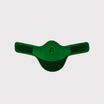 Saddle and Attachments
Saddle and Attachments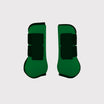 Leg Protection
Leg Protection Bridles
Bridles Feed
Feed Fly Masks
Fly Masks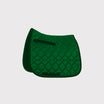 Saddle Pads
Saddle Pads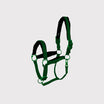 Headcollars and Ropes
Headcollars and Ropes Bits
Bits Other Disciplines
Other Disciplines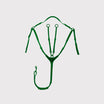 Reins and Auxiliary Reins
Reins and Auxiliary Reins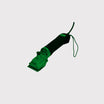 Clipping
Clipping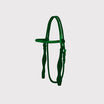 Western
Western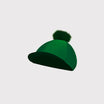 Eventing
Eventing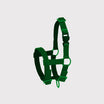 Foals
Foals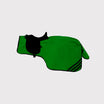 Reflection
Reflection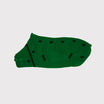 Therapy Products
Therapy Products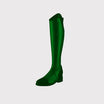 Boots and Shoes
Boots and Shoes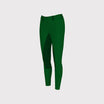 Breeches and Belts
Breeches and Belts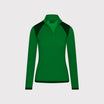 Tops
Tops Safety
Safety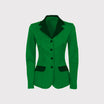 Competition
Competition Heated Clothing
Heated Clothing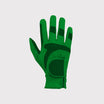 Gloves
Gloves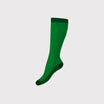 Socks
Socks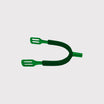 Spurs and Attachments
Spurs and Attachments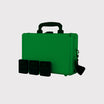 Technology
Technology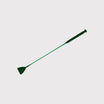 Whips
Whips Gifts
Gifts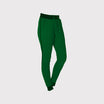 Casual Wear
Casual Wear Underwear
Underwear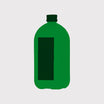 Rider Pharmacy
Rider Pharmacy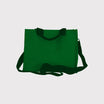 Bags
Bags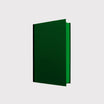 Books
Books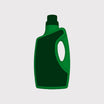 Laundry supplies
Laundry supplies Jewelry
Jewelry Feed and Waterbowls
Feed and Waterbowls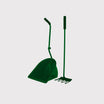 Equipment
Equipment Tack Room
Tack Room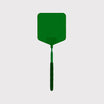 Pest Control
Pest Control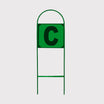 Arena
Arena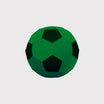 Horse Toys
Horse Toys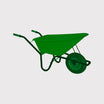 Wheelbarrows
Wheelbarrows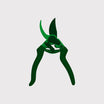 Yard
Yard Surveillance
Surveillance Disinfect
Disinfect Washing Area
Washing Area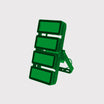 Lighting
Lighting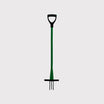 Horse Pasture
Horse Pasture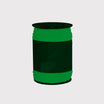 Current Conductors
Current Conductors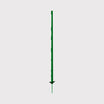 Pole
Pole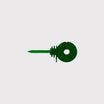 Insulators
Insulators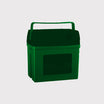 Energisers
Energisers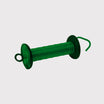 Gate Handles
Gate Handles Batteries and Accumulator
Batteries and Accumulator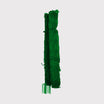 Nets
Nets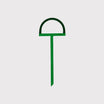 Grounding
Grounding Tools
Tools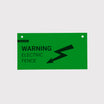 Fencing Security
Fencing Security Wolf Defense
Wolf Defense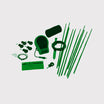 Fencing Sets
Fencing Sets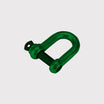 Fence locks
Fence locks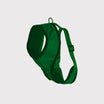 Dogs
Dogs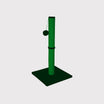 Cats
Cats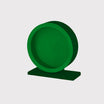 Rodents
Rodents Dogs Pharmacy
Dogs Pharmacy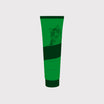 Cats Pharmacy
Cats Pharmacy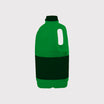 Rodents Pharmacy
Rodents Pharmacy Cattle Pharmacy
Cattle Pharmacy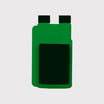 Poultry Pharmacy
Poultry Pharmacy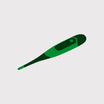 Veterinary Supplies
Veterinary Supplies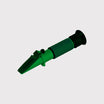 Cattle
Cattle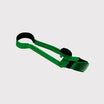 Sheep and Goats
Sheep and Goats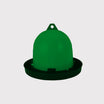 Poultry
Poultry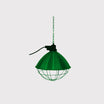 Heat Lamps
Heat Lamps Calves
Calves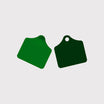 Marking
Marking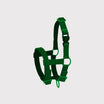 Halters
Halters